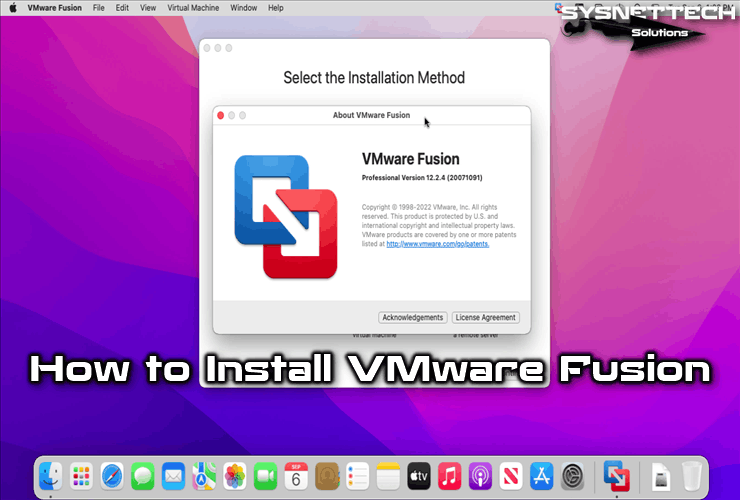

If I were running Docker on Linux this would not be a problem.

If Docker Mac works as well on Apple Silicon I might be able to just stick with that and not need either VMWare or Parallels. Specifically, Wireguard between the Linux VM that Docker Mac creates to run containers and the Mac. That turned out to be not too difficult to deal with by using Wireguard. E.g., if I've got a server that would be foo.com when live on a real server that I'm testing locally in a container, I want it to appear at some_ip:443 on my Mac, not on something like localhost:8443 that Docker maps to port 443 in the container. The only real snag was that I want services running in a Docker container to be reachable from Mac processes on the same port they would be on when deployed on a real server somewhere. I recently have switched to using Docker for that. Most of my use of VMWare Fusion on my Intel Mac is to run Linux VMs. That's assuming that I decide that I actually need such a product. I don't like that Parallels requires a subscription to get more than 8 GB of RAM in a virtual machine so I'll be sticking with VMWare Fusion when I get an Apple Silicon Mac.


 0 kommentar(er)
0 kommentar(er)
